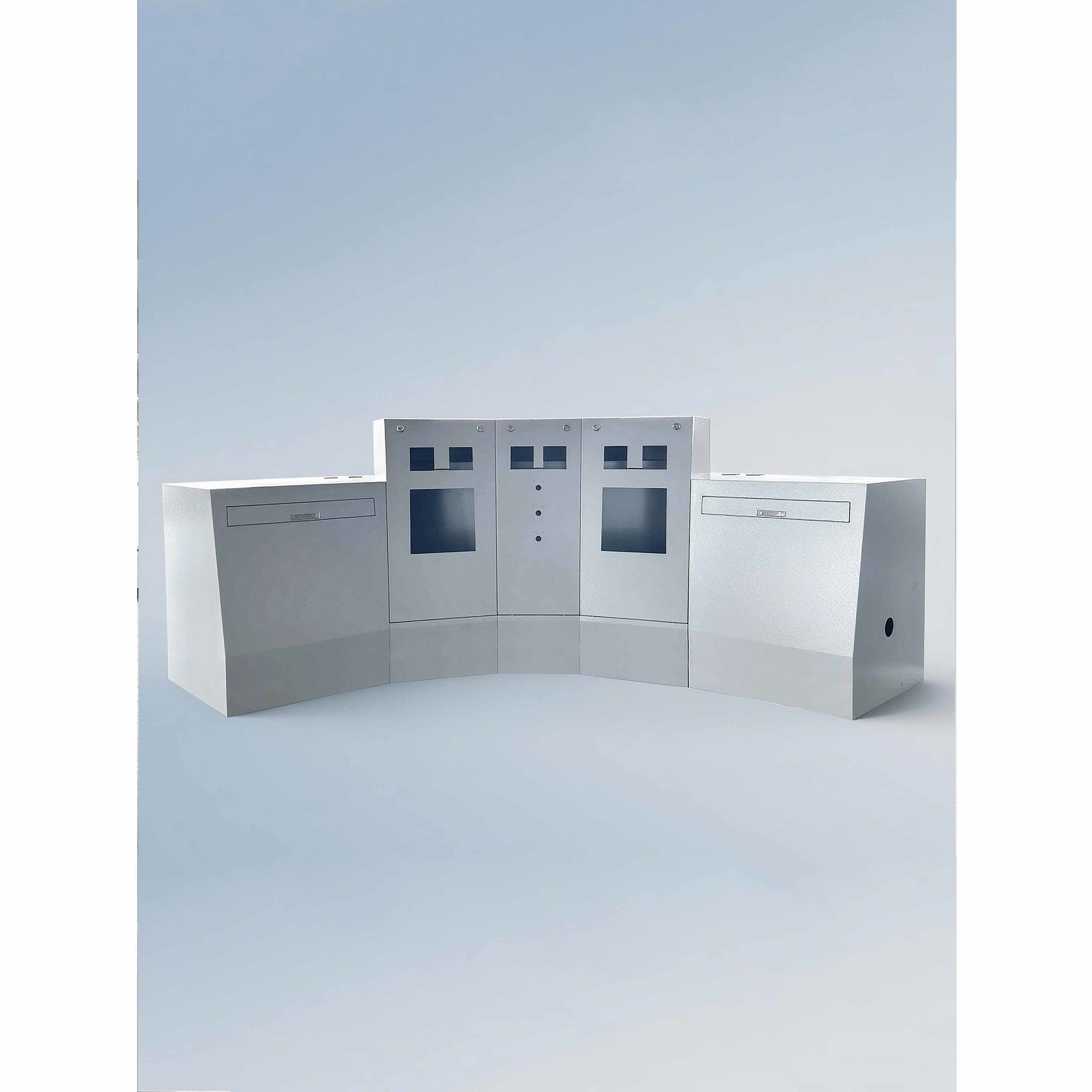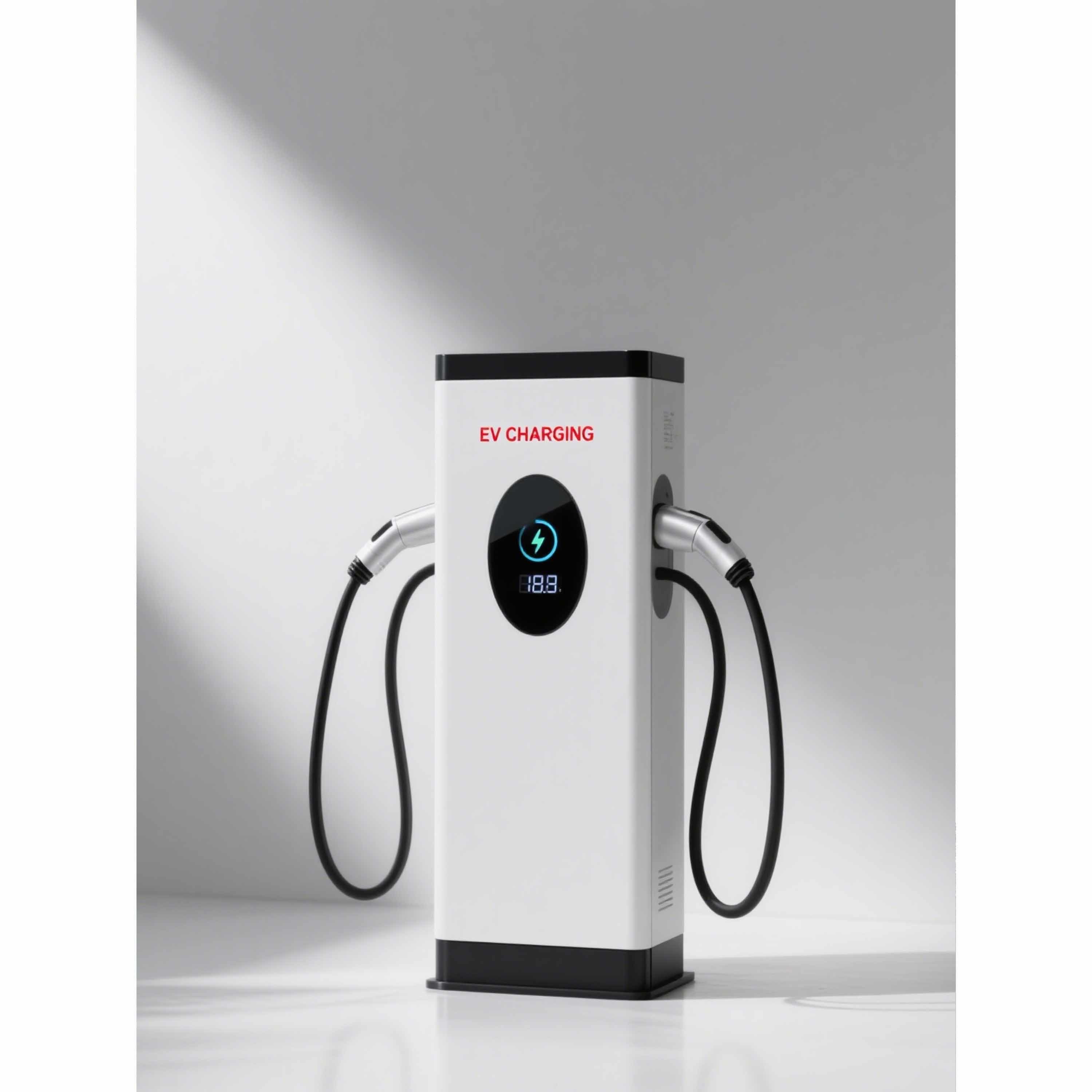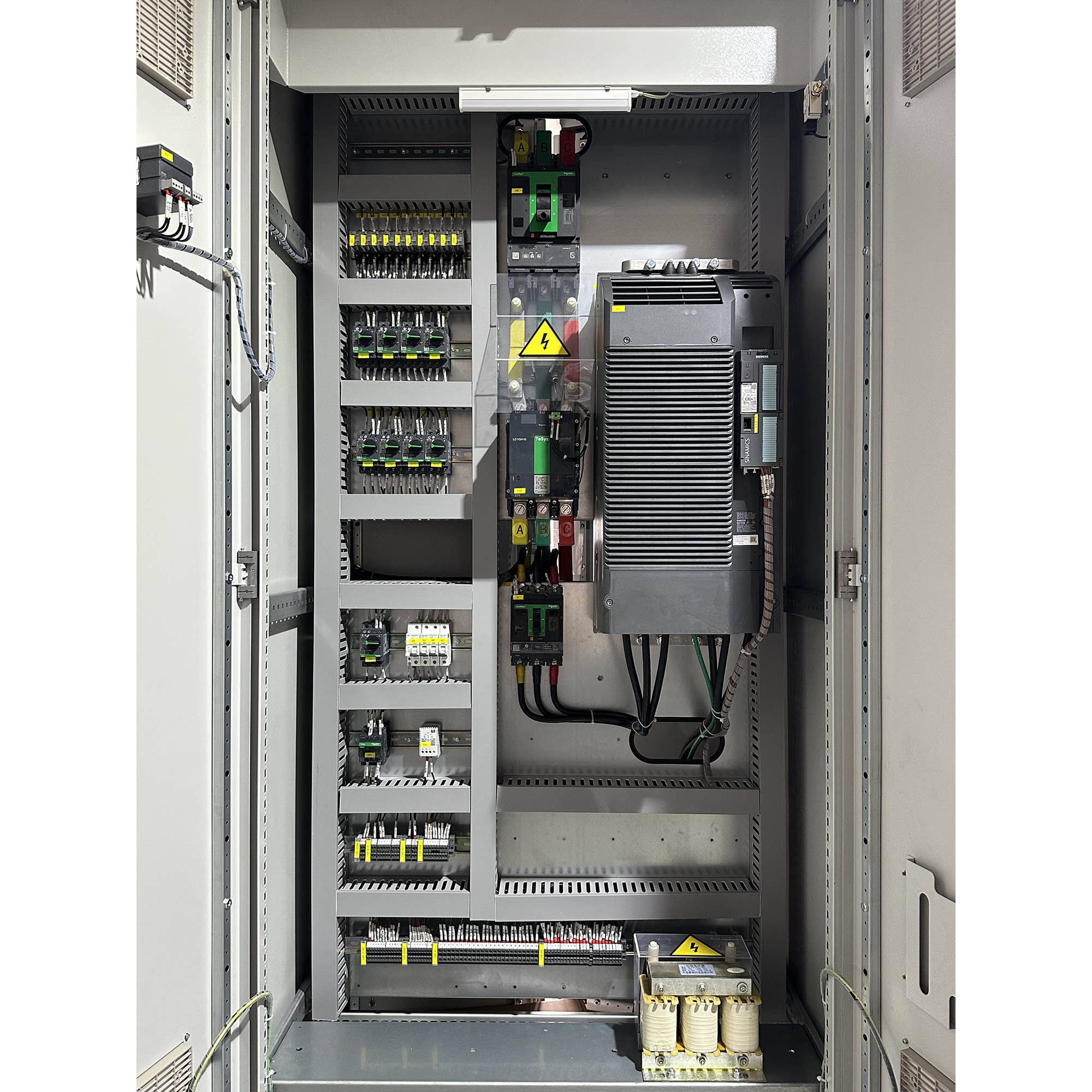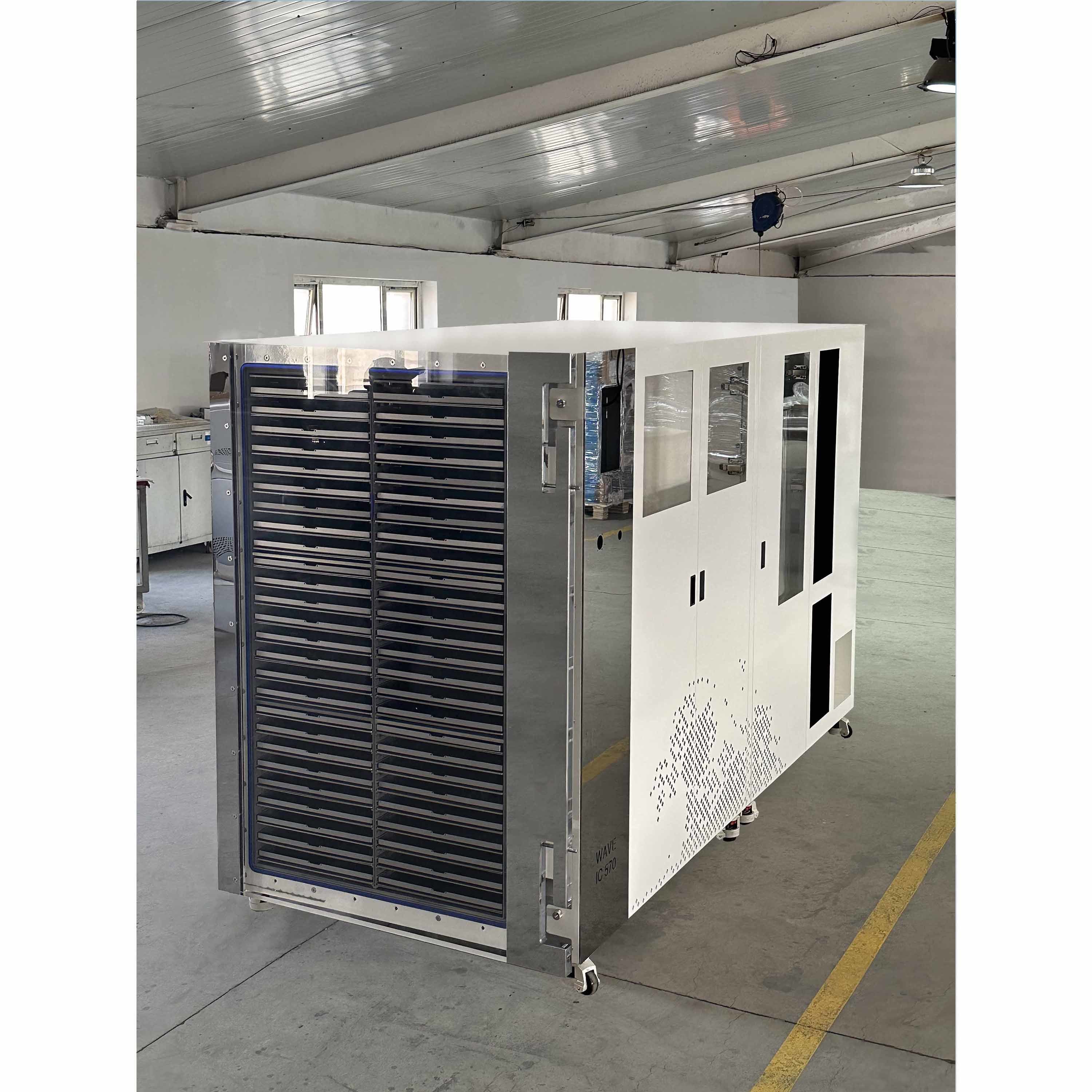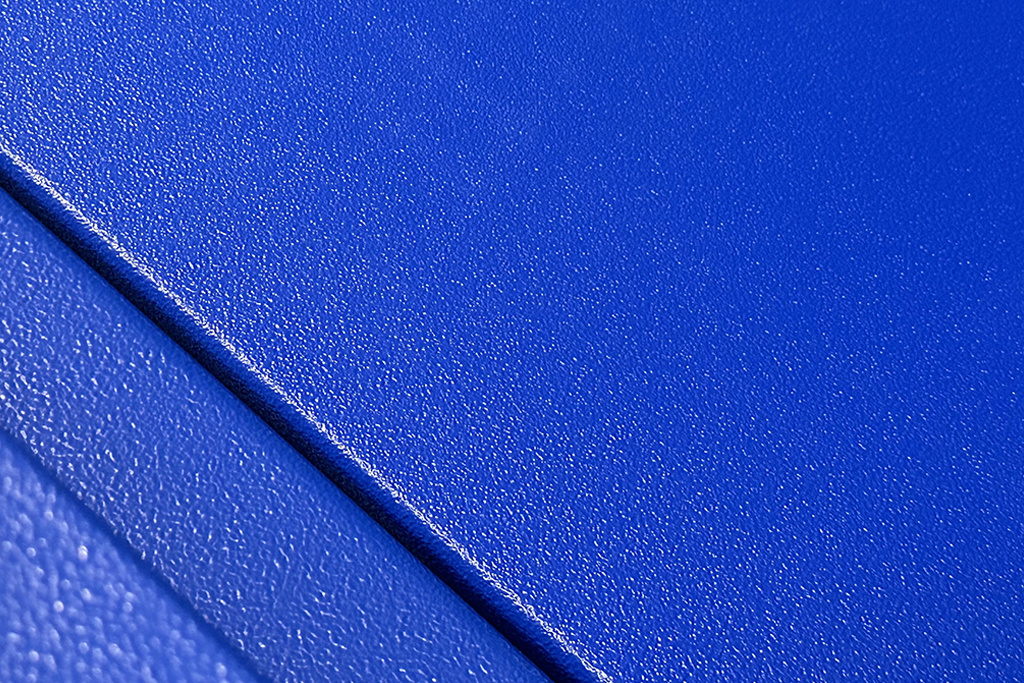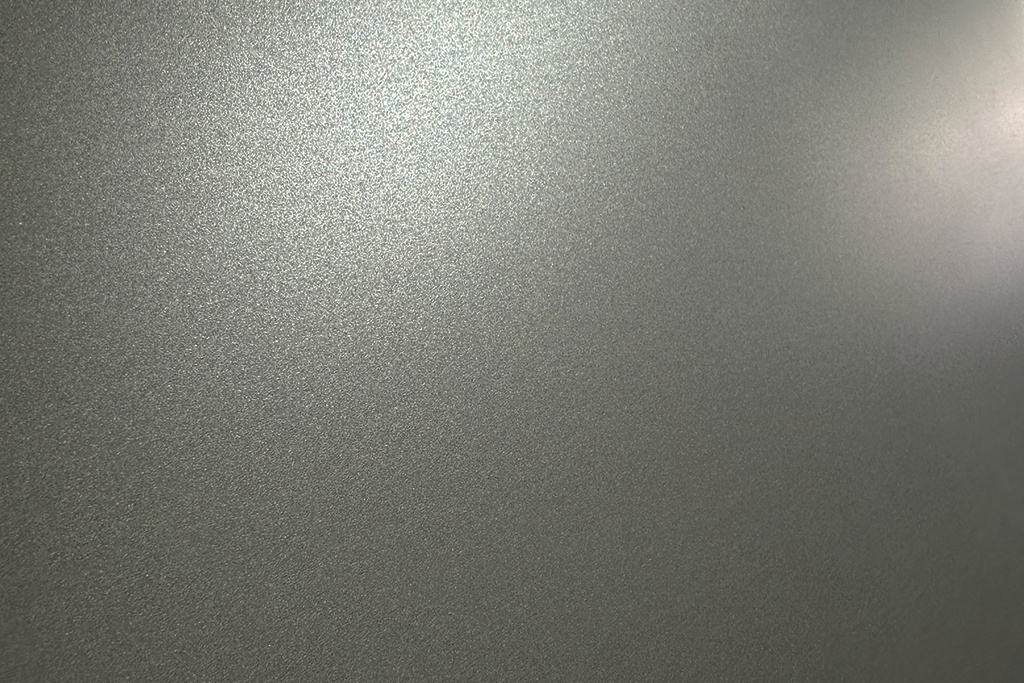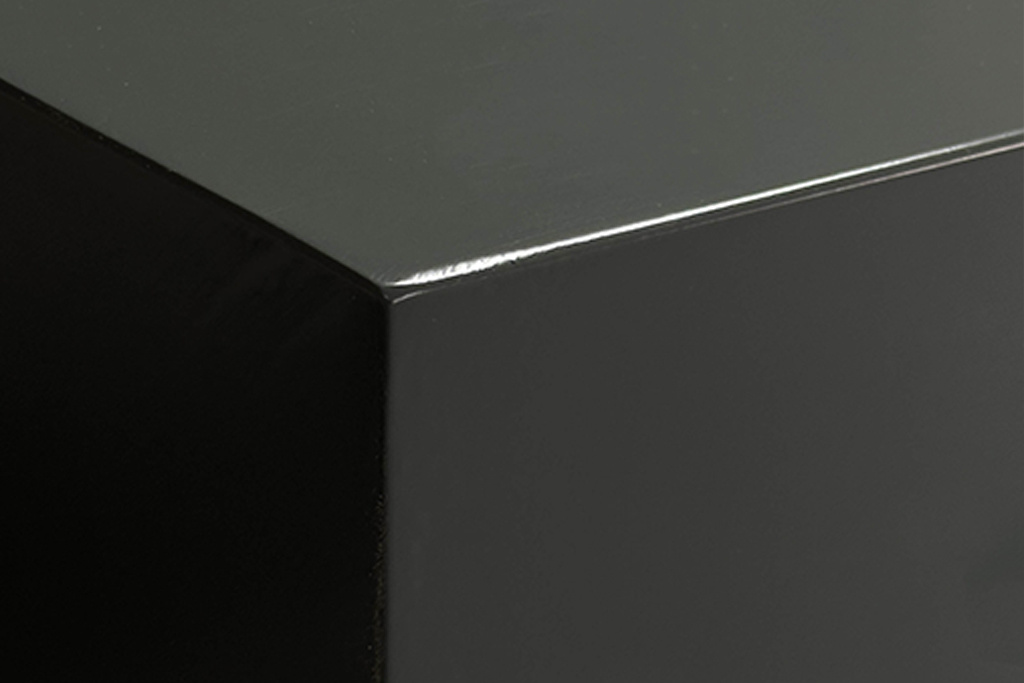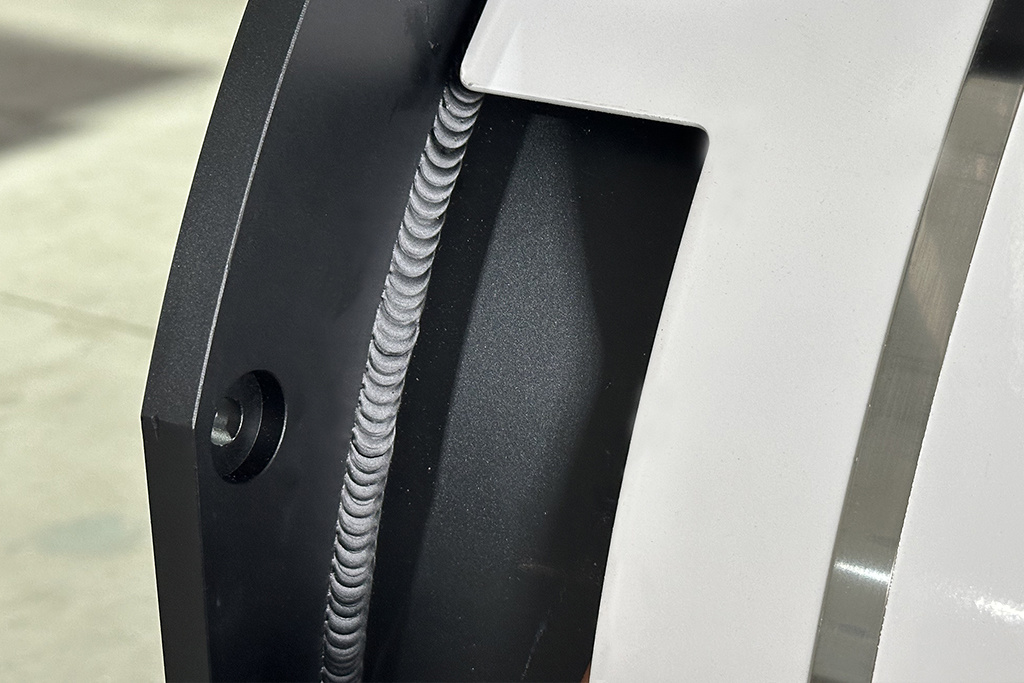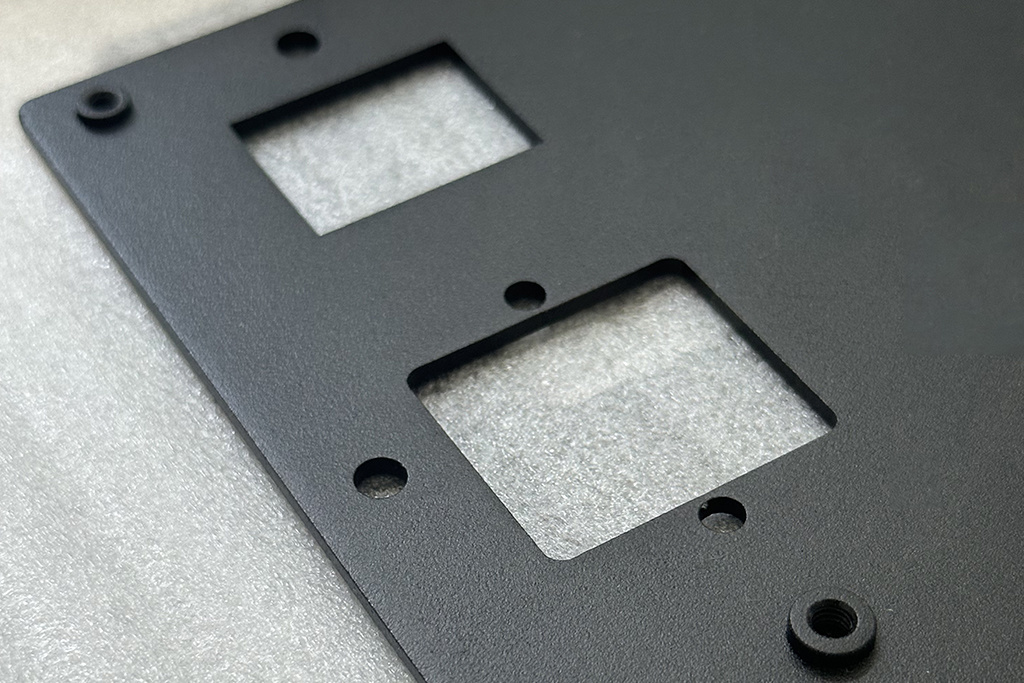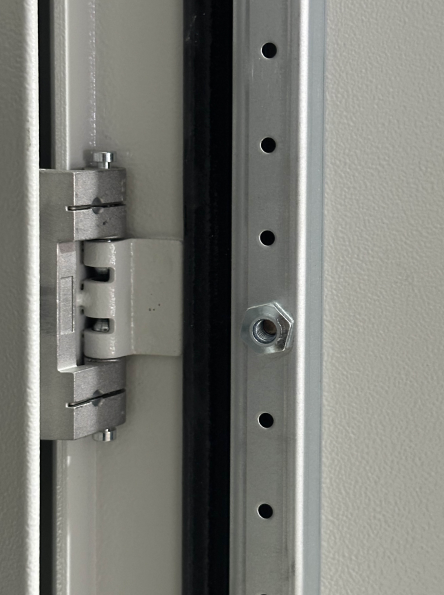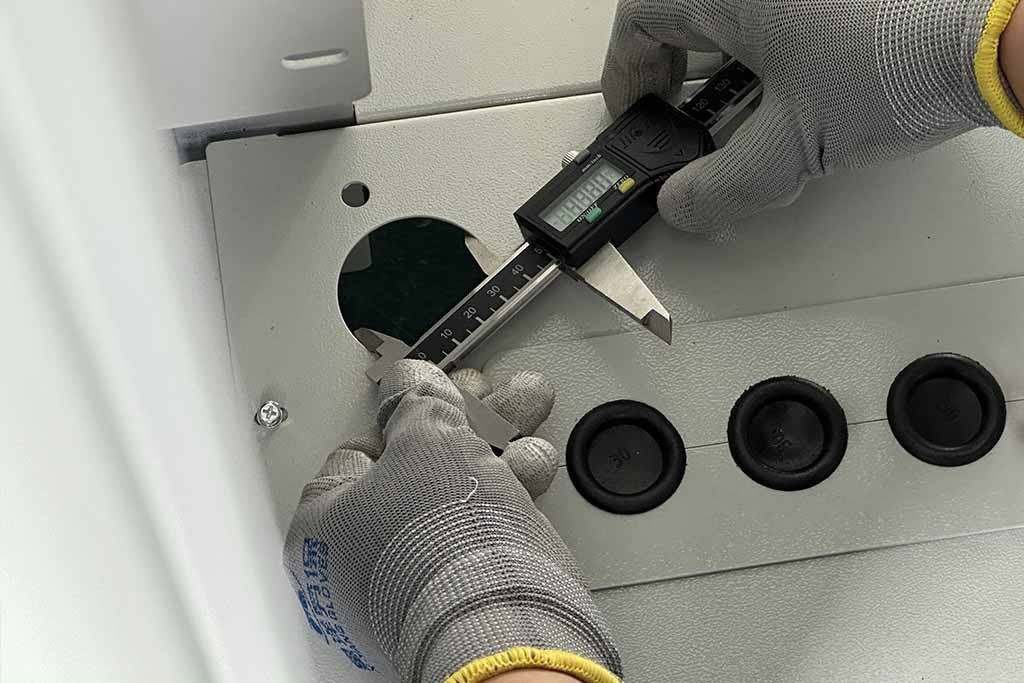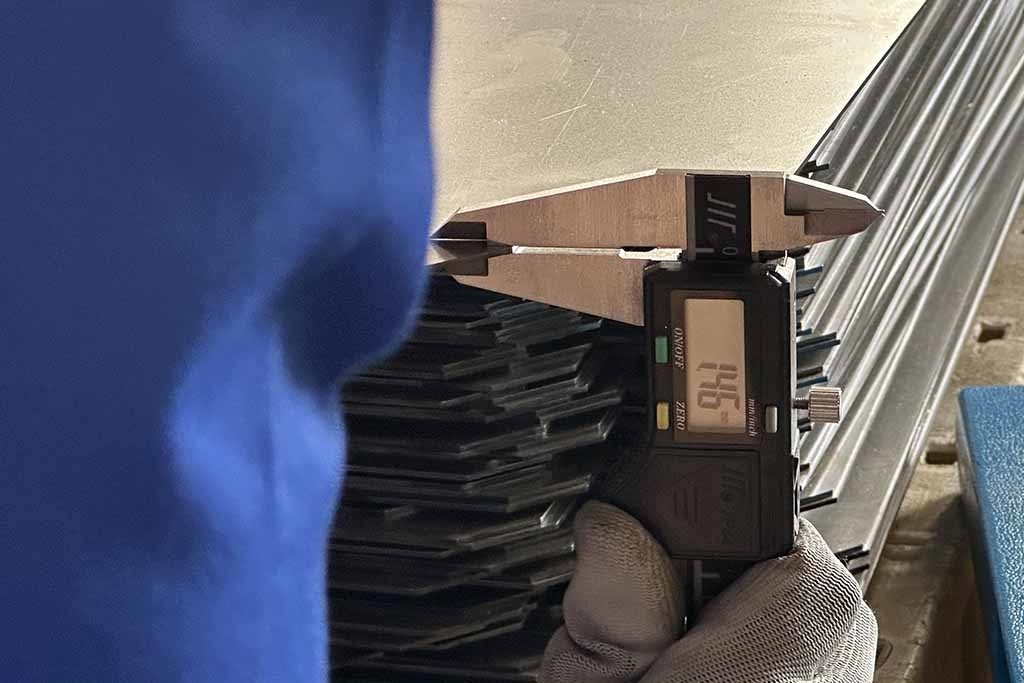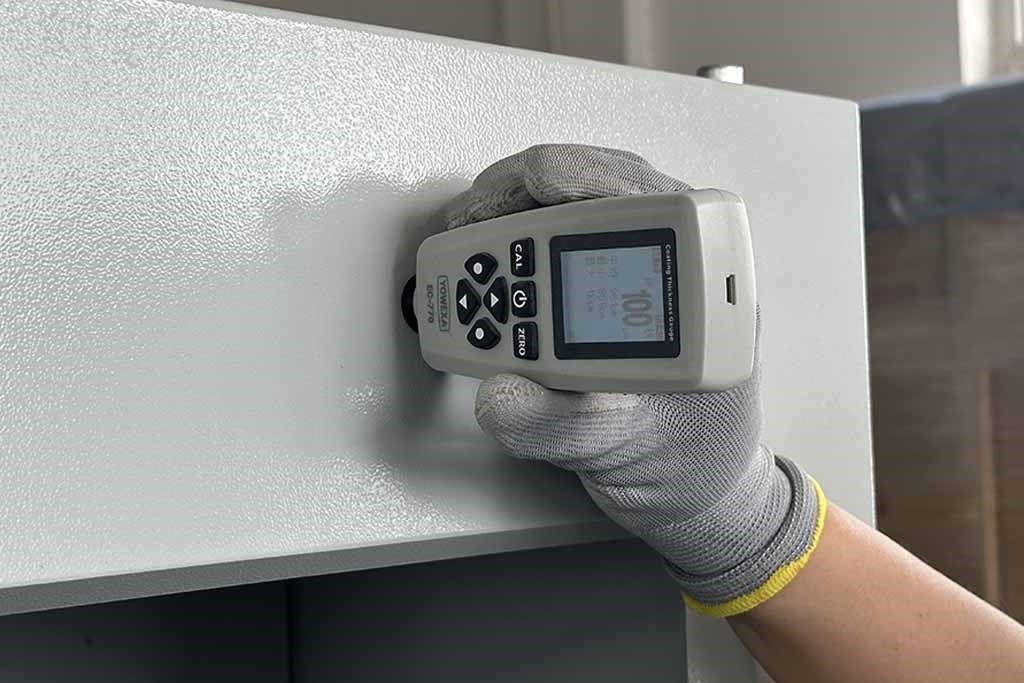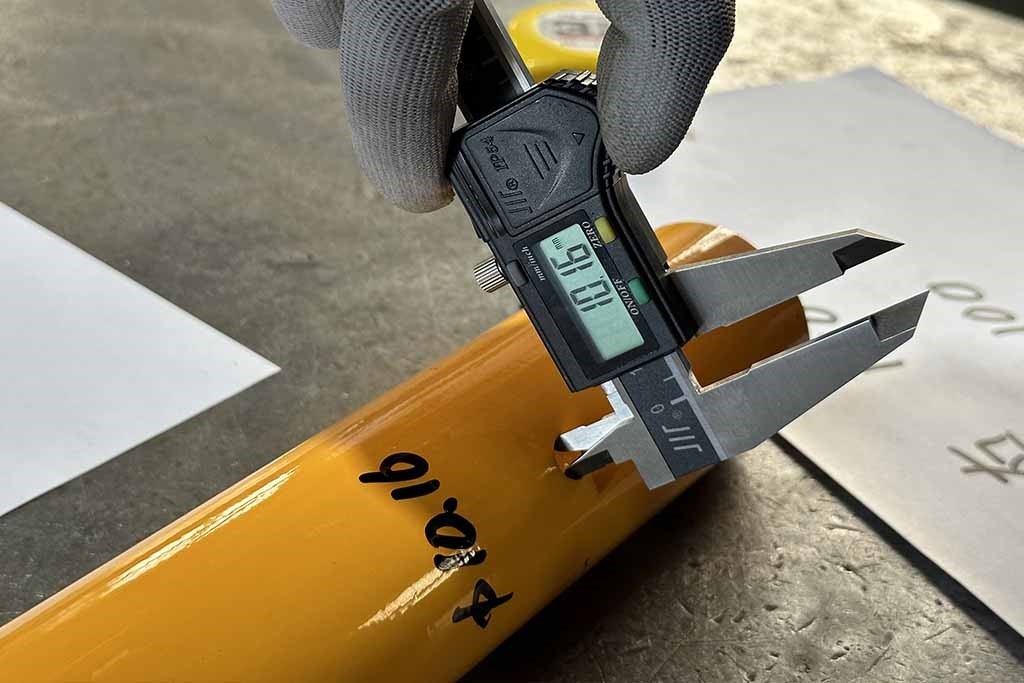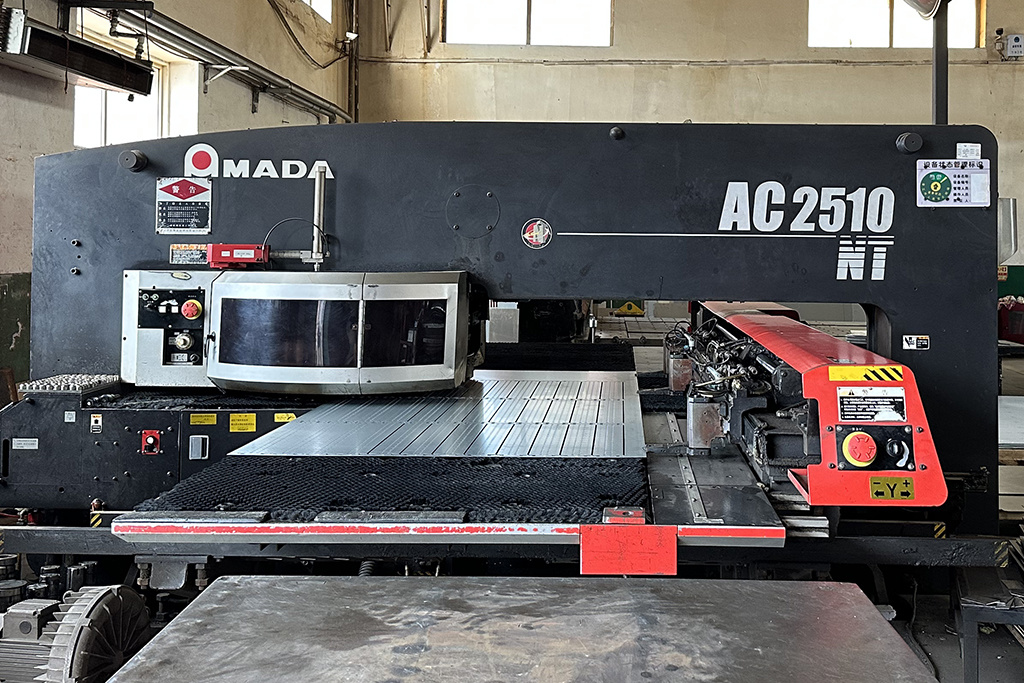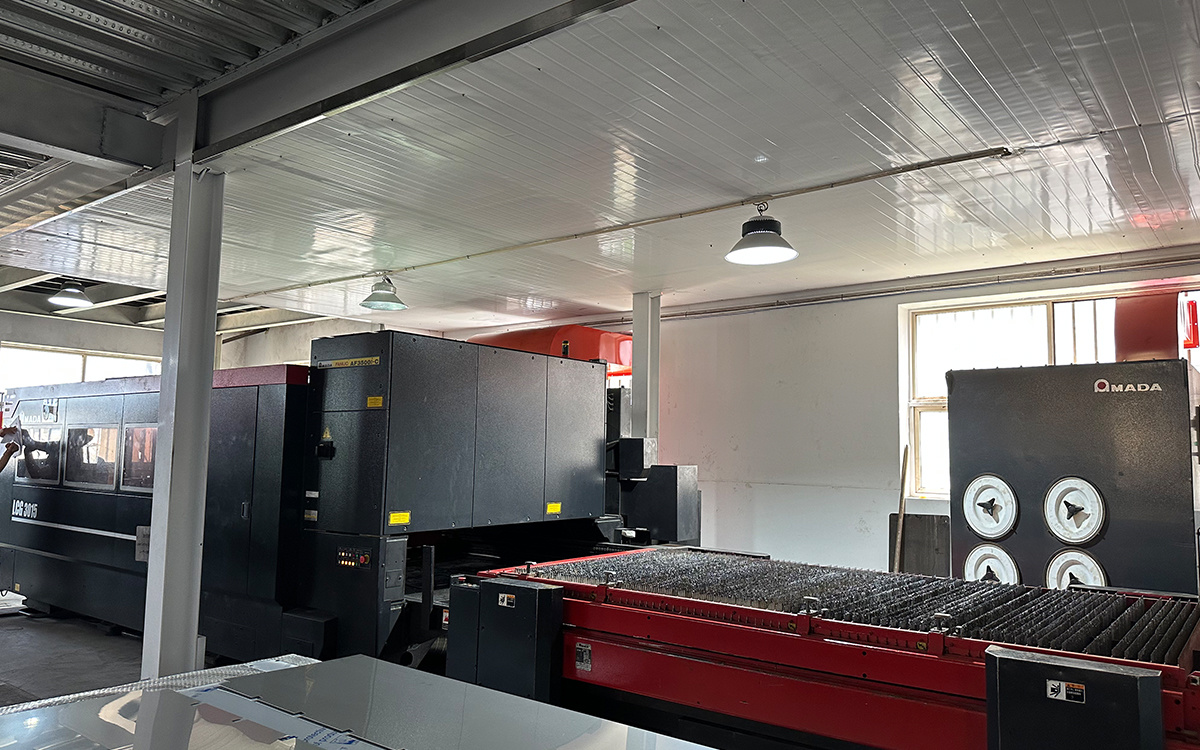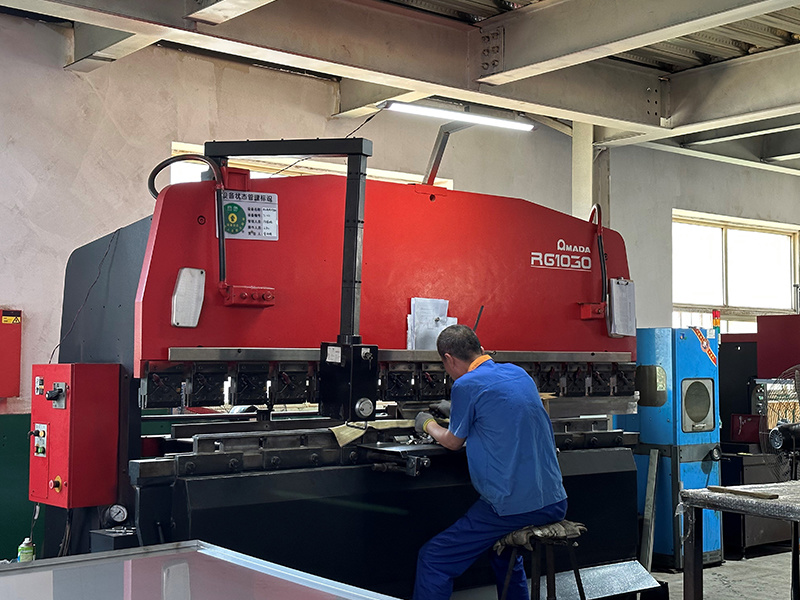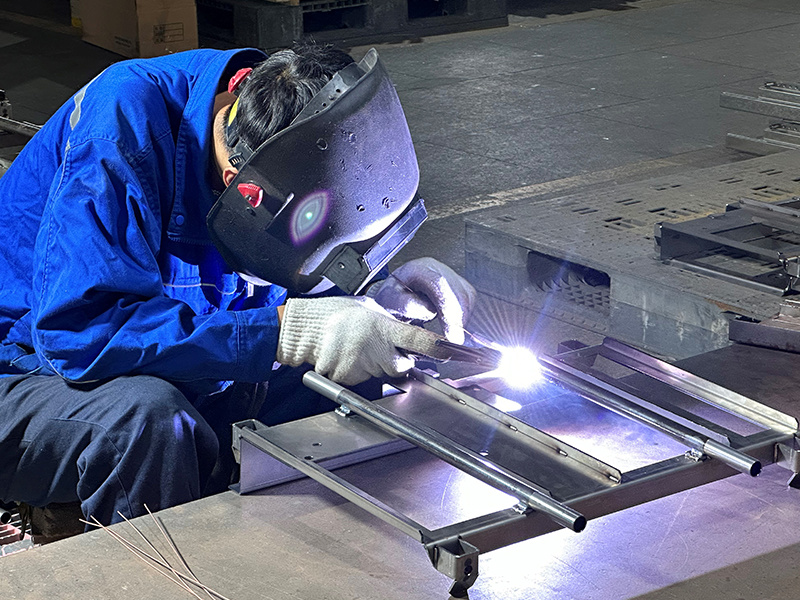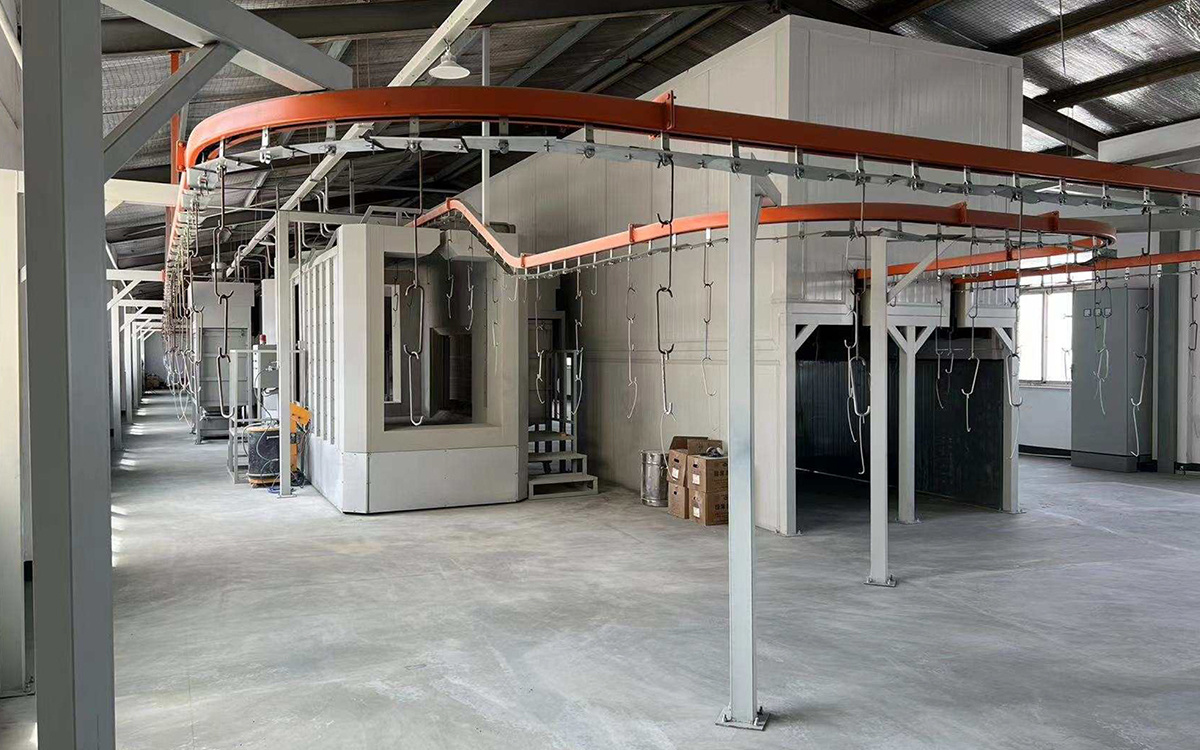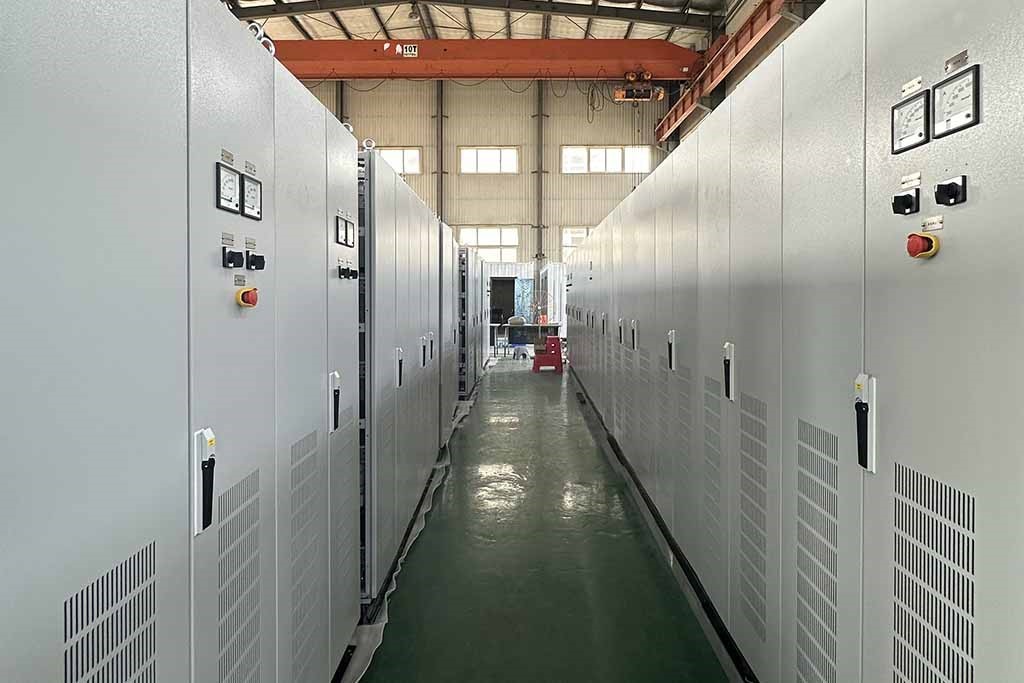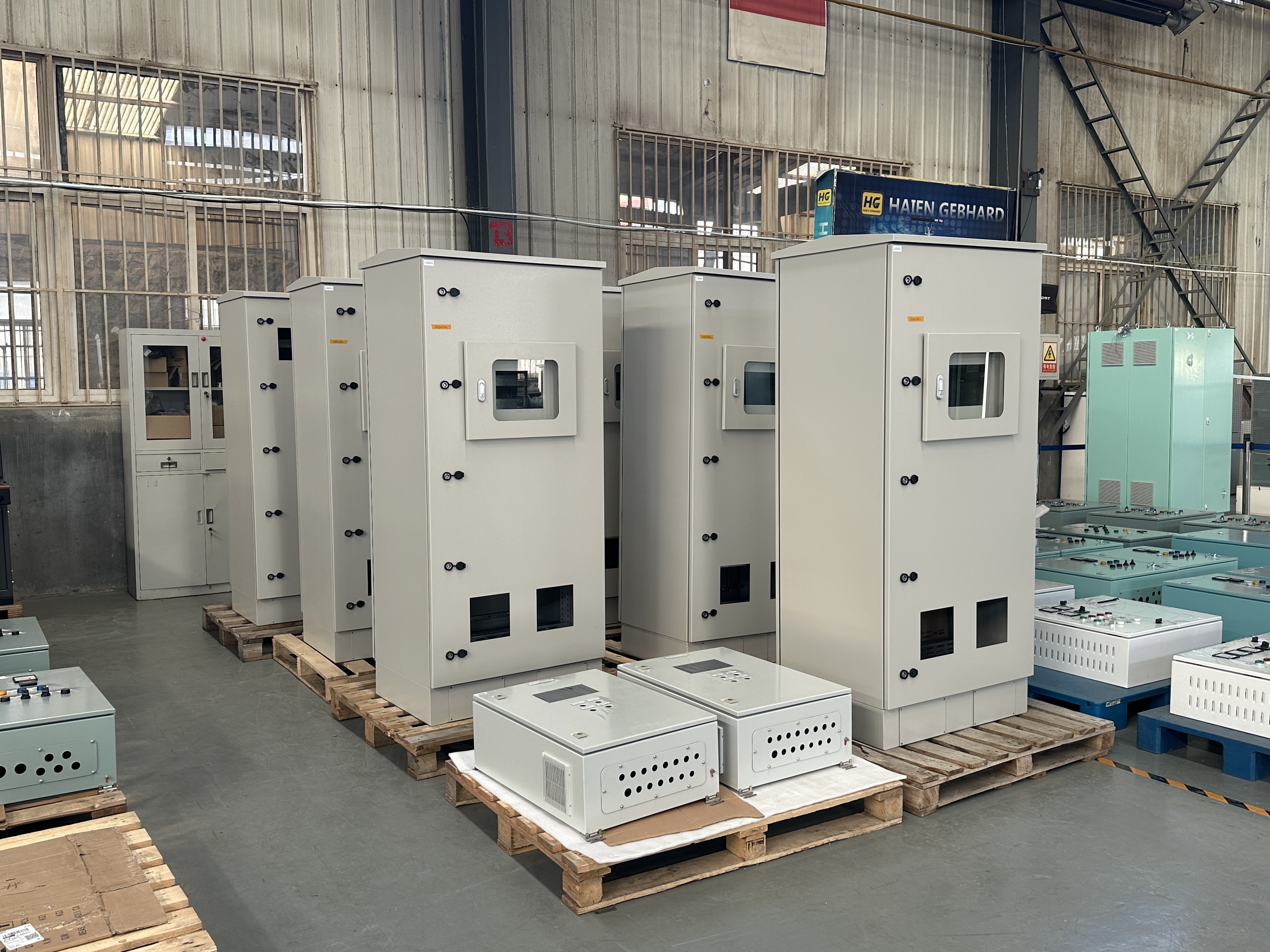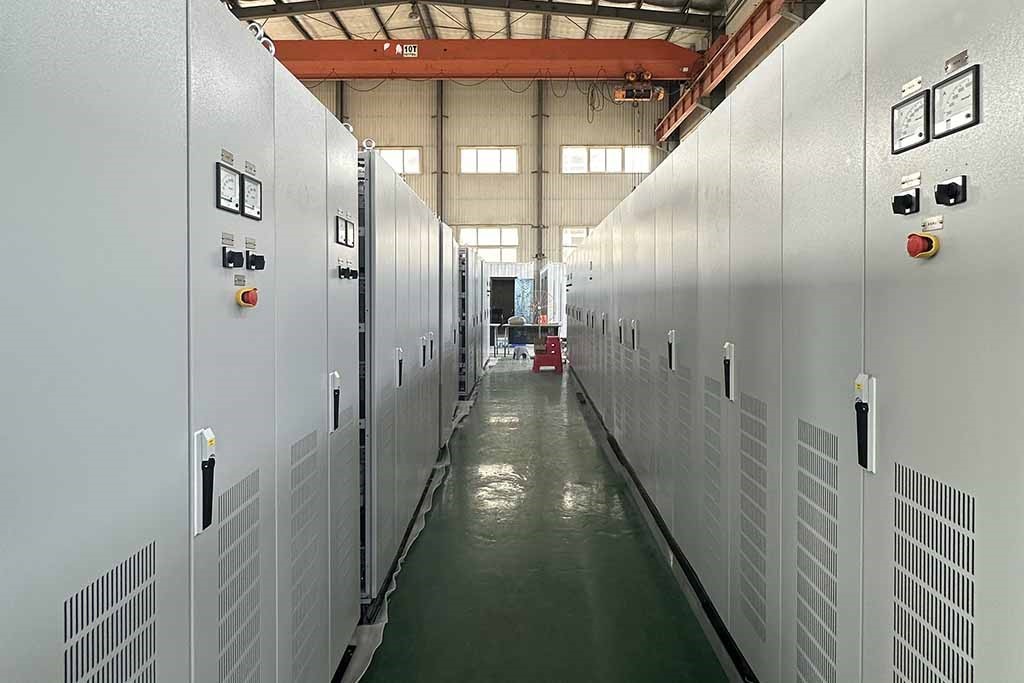Complete Guide: Sheet Metal Enclosure Fabrication
Aug 06,2025

◆◆◆ This article will clearly present the entire manufacturing process of sheet metal enclosures in five sections.
Ⅰ.Understanding Sheet Metal Enclosure
As a critical component integrating protective and structural properties, sheet metal enclosures are widely applied across numerous industries.
They not only safeguard internal components against environmental factors such as dust, moisture, and physical impacts but also undertake the functions of support and fixation.
Meanwhile, they boast additional functionalities like auxiliary heat dissipation and electromagnetic shielding. Hence, in modern manufacturing, sheet metal enclosures are indispensable.
What is Sheet Metal Enclosure?
A custom sheet metal enclosure is fabricated from thin metal sheets (such as steel, aluminum, stainless steel) through sheet metal enclosure fabrication processes (cutting, bending, welding, etc.).
Its core functions are to provide the products housed within with physical protection, EMI shielding, thermal management, environmental protection (dustproofing, waterproofing), and aesthetic appeal.
Common Application Areas:
● Electronic Instrumentation & Equipment
● Control Cabinets
● Telecommunications Equipment
● Medical Equipment
● Renewable Energy Equipment
Key Advantages:
● High Strength & Durability
● Highly Cost-Effective
● Strong Customizability
● Excellent EMI Shielding Performance
● Easy Scalability
●Environmentally Friendly
Ⅱ.Design Phase - Laying the Foundation for Success
A fully functional sheet metal enclosure begins with a meticulous design phase. This stage involves defining functional requirements, selecting appropriate materials (such as aluminum alloys, cold-rolled steel, or stainless steel), and considering factors like dimensional tolerance, assembly feasibility, and cost-effectiveness.
The goal is to ensure the final product not only complies with technical specifications (including geometric dimensioning and tolerancing standards) but also meets practical application needs, such as ease of maintenance and compatibility with internal components.
Step 1: Requirements Analysis and Design
Functional Requirements
To clarify the structural design of the sheet metal enclosure, at this stage, we need to define basic information such as the specific dimensions of the product, operating environment, installation method, and certain specific performance requirements.
Environmental Requirements
The operating environment of the product directly determines the selection of sheet metal materials for enclosures, sealing design, surface treatment processes, and structural strength requirements.
Therefore, during the environmental requirement stage, it is necessary to specify conditions such as physical protection, climatic impacts, chemical corrosion, and other influencing factors.
Regulations and Standards
The purpose is to ensure that the product complies with mandatory safety, electromagnetic compatibility (EMC), environmental protection, and other specifications in the target market or specific industry.
Examples include standards for medical equipment enclosures (IEC 60601), industrial control enclosures (UL 508A), and outdoor equipment enclosures (NEMA).
Aesthetic Requirements
The overall appearance of the product directly affects user experience and market competitiveness.
Yinlu can provide a wide range of custom options for product appearance, including but not limited to:
● Colors (RAL\Pantone)
● Surface textures (sandblasting, brushing, high-gloss, matte)
● Anti-fingerprint, wear-resistant, and anti-fading properties
● Etching and printing
Step 2:Guide for Material Selection
Cold Rolled Steel(CRS):
Low cost, high strength, and easy to weld, but the surface requires anti-rust treatment; suitable for low-cost industrial control cabinets and indoor electrical enclosures.
Galvanized Steel:
Moderate cost with good corrosion resistance, but special attention should be paid to the fact that bending and welding will damage the surface zinc layer, causing it to peel off; applicable to outdoor cabinets, telecom base station enclosures, distribution boxes and other products.
Aluminum:
Lightweight, corrosion-resistant, with good electrical and thermal conductivity, and easy to process, but relatively high in cost; suitable for ship equipment enclosures and high-end instrument housings.
Stainless Steel:
Excellent corrosion resistance, high strength, and hygienic, but with the highest cost; applicable to food machinery and medical equipment enclosures.

>>> Read our detailed material selection guide on xxxxxx
Ⅲ.Sheet Metal Enclosure Fabrication Process Step-by-Step
From raw materials to finished products, the manufacturing process follows these steps: first, material cutting is performed; then, forming operations such as bending are used to shape the enclosure; next, joining and fixing are carried out via techniques like welding and riveting; finally, surface treatment, as well as assembly and shipment, are conducted.
Step 1:Cutting
Laser Cutting:
High precision and high flexibility; capable of achieving accurate and versatile cutting of metal sheets, meeting the cutting requirements for complex shapes.
Plasma Cutting:
Fast cutting speed, suitable for thicker metal sheets; cutting precision and heat-affected zone are slightly inferior to laser cutting.
Waterjet Cutting:
No heat-affected zone; suitable for cutting any material including non-metallic materials.
Punching:
Performs sheet forming through dies; suitable for mass production and processing of standardized contours, but with high die costs.
Shearing:
Used for straight-line cutting of sheets, functioning to cut sheets into straight edges as required and provide blanks with appropriate dimensions for subsequent processing.
Step 2: Forming
Bending:
Professional bending equipment is used to apply external force to sheets to form workpieces with bent structures, which is suitable for simple forming of various metal sheets.
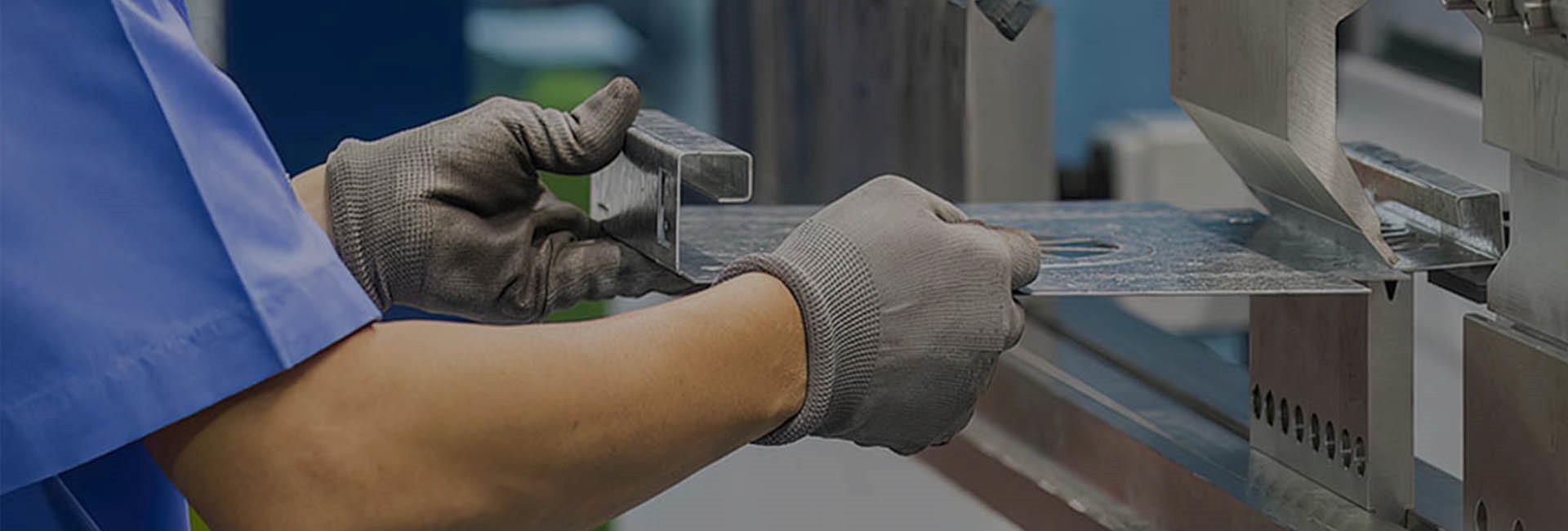
Roll Forming:
It is a continuous and efficient metal sheet processing technology that gradually bends metal strips through the rotation of rollers, eventually forming long-sized sheets of specific shapes.
Stamping:
Using dies, it performs blanking, drawing and bending on sheets under the action of a press, enabling one-step production of workpieces with complex three-dimensional shapes, and is widely applied in the field of mass-produced, high-precision metal forming.
Step 3: Joining
Welding:
A joining method that achieves permanent bonding after cooling by locally melting the connecting parts of sheet metal components using high temperature or high pressure (or a combination of both), or by filling with welding materials.
It offers high joint strength, excellent sealing performance, and a neat appearance. However, it is difficult to disassemble and requires high skill levels from operators.
Riveting:
A joining method that clamps and fixes two or more sheet metal components through the deformation of rivets. It features simple operation and low requirements for equipment and operator skills.
It is detachable, facilitating subsequent maintenance, and generates no high temperature during the joining process, thus avoiding sheet deformation or material property changes.
Nevertheless, it requires pre-drilling, which may weaken the local strength of the sheet, and the exposed rivets may affect the appearance.
Fastener Connection:
A method of detachable fixing using threaded components (such as bolts and screws), and it is one of the most flexible joining methods in sheet metal processing. It boasts strong detachability, facilitating maintenance and part replacement, with flexible connection positions that can be adjusted as needed.
It causes little damage to the sheet and is suitable for various materials. However, it may loosen under long-term vibration, and the exposed fasteners may affect the appearance; in addition, dust is prone to accumulate at the through-holes.
Step 4: Surface Finishing
Cleaning & Deburring:
Remove surface oil stains, impurities, and processing burrs to provide a clean and smooth base for subsequent surface treatments, ensuring treatment effectiveness and product quality.
Powder Coating:
The most commonly used surface treatment process, featuring durability, environmental friendliness, and a wide range of color options.

Plating - Zinc, Nickel, Chrome:
Offers corrosion resistance, electrical conductivity, wear resistance, and aesthetic appeal.
Anodizing:
Mainly applicable to aluminum, enhancing its corrosion and wear resistance, and allowing for coloring.
Brushing/Polishing:
Improves the appearance texture (especially for stainless steel and aluminum).
Screen Printing:
Used for adding identifiers, logos, and instructions.
>>> Read our detailed sheet metal enclosure surface treatment guide on xxxxxx
Ⅳ.Quality Assurance & Inspection
In the manufacturing process of sheet metal enclosures, strict quality assurance and inspection procedures are critical to ensuring products meet design standards and customer requirements.
We comprehensively control product quality through three checkpoints—first article inspection, in-process inspection, and final inspection—to prevent non-conforming products from entering the market.
First Article Inspection
First article inspection, also known as sample inspection, aims to ensure the product meets the customer’s expected requirements. Any issues identified during this inspection can be promptly rectified, avoiding large-scale quality problems when mass production begins.
In-Process Inspection
In-process inspection runs through the entire production process of sheet metal enclosures. Quality inspectors at Yinlu strictly monitor production status at each stage, enabling the immediate detection and resolution of quality issues during production to ensure continuity and stability of the manufacturing process.
Final Inspection
Final inspection, also referred to as finished product inspection, is the last comprehensive quality check before products leave the factory. It involves a full range of inspections on all performance metrics and indicators to ensure delivered products are free from any defects.
Ⅴ.Choosing Your Sheet Metal Fabrication Partner
Choosing the right manufacturing partner can be decisive to the success or failure of a project. Key factors to consider include their production capacity, deployment of advanced equipment, on-time delivery capability, and quality control competence.
Yinlu is a manufacturer with 32 years of experience in custom sheet metal fabrication. Boasting rich expertise and advanced equipment, we provide you with design support and cost optimization recommendations, offering one-stop sheet metal custom fabrication services.
Conclusion
This article has systematically sorted out the core links in sheet metal enclosure fabrication: from basic definitions and application scenarios, to demand alignment and material selection in the design phase, to key steps in the entire processing flow, quality inspection throughout the whole process, and practical strategies for supplier selection.
It provides you with a complete reference from cognition to implementation.
PREVIOUS:


